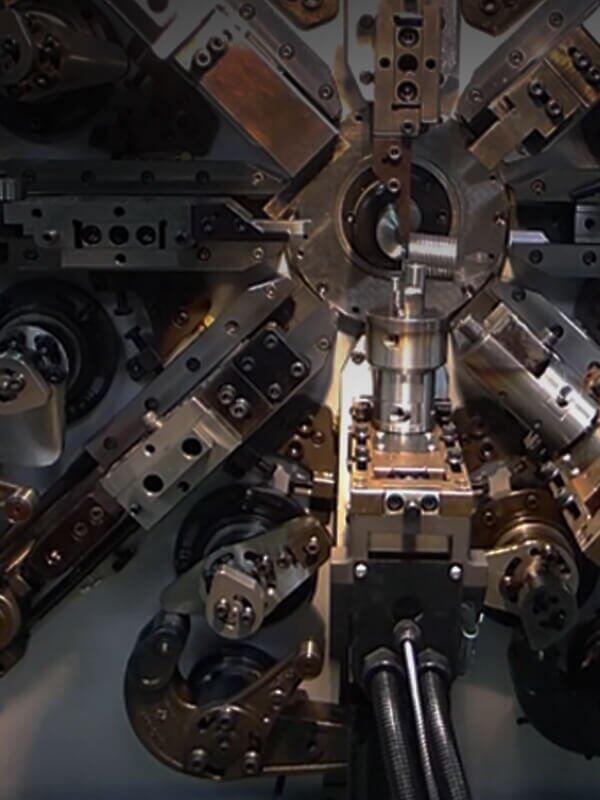Optimize Spring Grinding by Controlling Verticality and Parallelism
Spring grinding primarily involves processing the end faces of the springs to ensure they are smooth and flat. This process effectively improves the performance of the springs by reducing friction and wear during use. Additionally, the grinding process ensures the verticality and parallelism of the springs, which is crucial for maintaining their stability and uniform load distribution.
Verticality refers to the perpendicular relationship between the end face of the spring and its axis. Poor verticality control can lead to uneven stress distribution, affecting the spring's elasticity and lifespan.
Parallelism refers to the parallel relationship between the two end faces of the spring. Poor parallelism can lead to uneven stress distribution, which in turn affects the stability and accuracy of the mechanical device.
Verticality and parallelism in spring grinding are critical factors in ensuring the quality and performance of springs. By adopting advanced equipment and technology, combined with stringent quality control measures, it is possible to effectively ensure the verticality and parallelism of springs, thereby improving their operational efficiency and service life.
The following are key control methods:
| Verticality control methods: | Parallelism control methods: |
|---|---|
|
|





